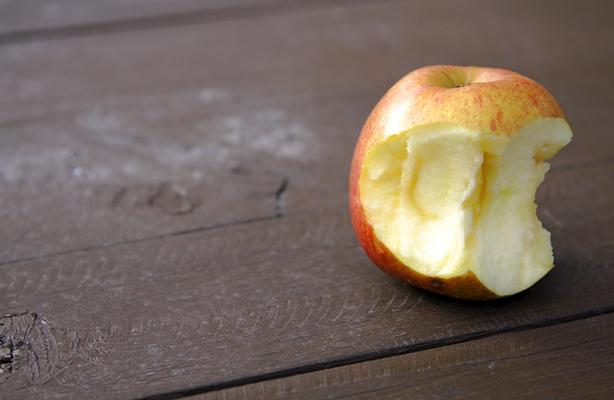Best practices for maintaining your iOS device
Taking care of your iPhone, iPad or iPod Touch isn't simply a matter of making sure you don't drop the device or it doesn't get bumped around. Sometimes, manufacturers even take into consideration the fact you might physically-damage device, so there are actually more important things to keep track of if you want to maintain your gadget.
Cosmetic damage is really just cosmetics
Minor dents and scratches really don't make your device malfunction or get glitches. They're just there to remind you that your device is either old or mishandled quite a lot. If in case you plan to sell your device, it can bring down the value considerably.
Take note that the back of all iOS devices are very prone to cosmetic damage. Beveled glass or anodized metal casings can easily get scratched if you don't take the right precautions to protect your device.
So what are these precautions?
To make sure your device doesn't only look pretty but work like a charm, here are the best practices you can employ:
A case could not only be a form of protection but also a fashion statement. Customizing your iPad is basically impossible beyond different wallpapers and lock screens since iOS doesn't give the user a lot of personalization options. Just remember that the case you get must primarily be for protection. So you want somethings secure with good lining and sturdy straps or closures. You don't really need one in leather or sophisticated material, just something that protects your device from bumps, scratches and dents.
A good battery app also advises you how to save power. One way they would tell you is to close heavy-resource apps like Infinity Blade, RingCentral, iWork and FaceTime.
Essentially, you should never let your iPad or iPhone charge beyond 80% and get fully-drained. Keeping the electrons moving is the most important thing to do.
Authors Bio
Tyrone is a freelance writer who's had extensive experience in the Outreach Program. This time he brings his extensive Writing expertise to Business and Technology. The articles he posts will surely be informative and comprehensive especially for individuals who are in dire need of these resources. He writes to cater RingCentral Virtual PBX and other impressive pool of different clients.
Connect with Tyrone on Facebook | LinkedIn | Twitter | Google+
Cosmetic damage is really just cosmetics
Minor dents and scratches really don't make your device malfunction or get glitches. They're just there to remind you that your device is either old or mishandled quite a lot. If in case you plan to sell your device, it can bring down the value considerably.
Take note that the back of all iOS devices are very prone to cosmetic damage. Beveled glass or anodized metal casings can easily get scratched if you don't take the right precautions to protect your device.
So what are these precautions?
To make sure your device doesn't only look pretty but work like a charm, here are the best practices you can employ:
- 1. Get a screen protector and a case.
A case could not only be a form of protection but also a fashion statement. Customizing your iPad is basically impossible beyond different wallpapers and lock screens since iOS doesn't give the user a lot of personalization options. Just remember that the case you get must primarily be for protection. So you want somethings secure with good lining and sturdy straps or closures. You don't really need one in leather or sophisticated material, just something that protects your device from bumps, scratches and dents.
- 2. Get a battery app.
A good battery app also advises you how to save power. One way they would tell you is to close heavy-resource apps like Infinity Blade, RingCentral, iWork and FaceTime.
- 3. Know how to charge your battery the right way.
Essentially, you should never let your iPad or iPhone charge beyond 80% and get fully-drained. Keeping the electrons moving is the most important thing to do.
Authors Bio
Tyrone is a freelance writer who's had extensive experience in the Outreach Program. This time he brings his extensive Writing expertise to Business and Technology. The articles he posts will surely be informative and comprehensive especially for individuals who are in dire need of these resources. He writes to cater RingCentral Virtual PBX and other impressive pool of different clients.
Connect with Tyrone on Facebook | LinkedIn | Twitter | Google+




Comments
Post a Comment